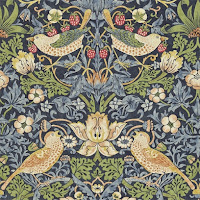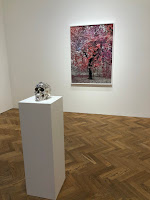Painting x 4

Novel online lecture from the National Gallery on five sets of four pictures in their collection. Nick Pace took us through these sets and discussed each in some detail. He looked at “Scenes from Tebaldo’s Ecolgues” – Andrea Prevatalli about 1505, Napoleonic battles by Emile-Jean-Horace Vernet from the 1820s, “Four Times of the Day “ - Jean Baptiste Corot from 1858, “Four Elements “– Joachim Beuchelaer from 1569-70 and “Four Allegories of Love” – Paulo Veronese from 1575. This was a fascinating selection as they were all such different dates and styles. It was a clever way of talking about the different artists and techniques.
























